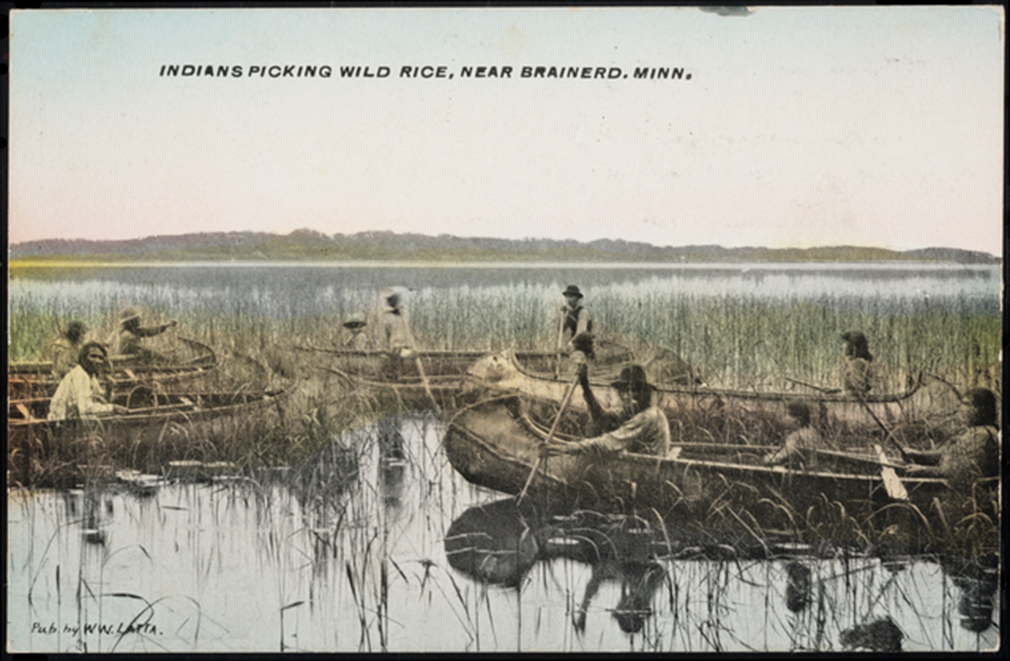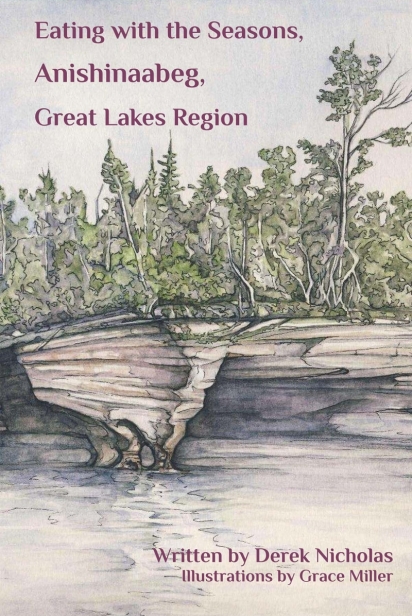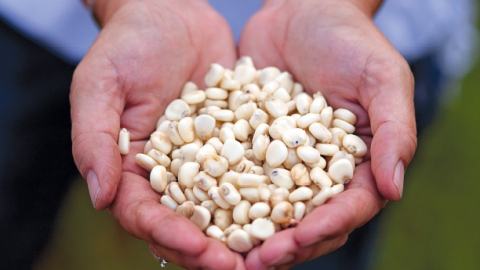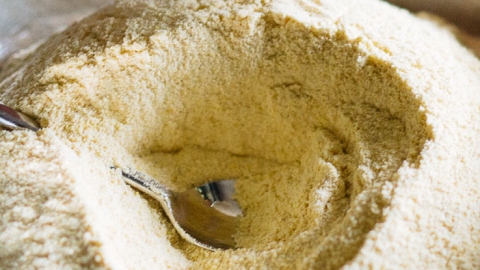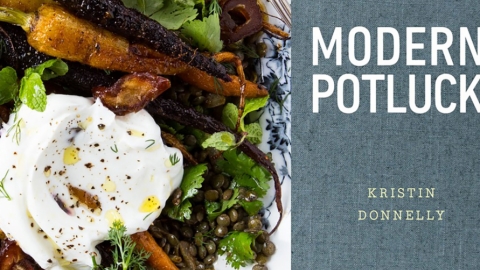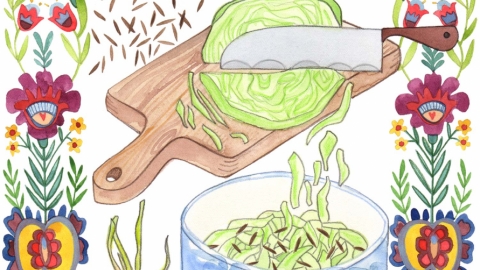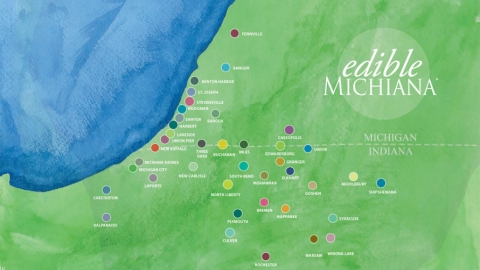Author connects with Native food and language in new cookbook
Derek Nicholas hopes his new cookbook will bring Anishinaabeg food, culture and language together in an approachable way for Indigenous and non-Indigenous communities.
Nicholas, a member of the Red Cliff Band of the Lake Superior Chippewa, recently released Eating with the Seasons, Anishinaabeg, Great Lakes Region. “I didn’t know anything about native food growing up” in the Milwaukee suburbs, he says, “but I started getting into foraging and fishing in college, and wanted to know more about my ancestors’ lifestyles.”
“I’m on a mission to pick up the lost strands and spirits—to reconnect with my language and the land and the Native community.”
Nicholas is part of a broad community of North American Indigenous Peoples who are making significant efforts to reconnect with and preserve languages that have been the target of historical eradication campaigns by the U.S. government. In a November, 2019 article in High Country News titled, “The U.S. has spent more money erasing Native languages than saving them,” Rebecca Nagle, an activist for and authority on Indigenous rights, claims that of the 115 Indigenous languages spoken in the United States, two are healthy, 34 are in danger and 79 will likely be extinct within a generation. For many of these communities, it is a race against time to document their languages from the last living fluent speakers who also carry cultural knowledge. Nicholas’ cookbook bridges Anishinaabeg cultural ways of life, food practices and Ojibwe language.
The cookbook highlights the Anishinaabeg calendar, which is oriented to the moon, and food practices associated with a time of year. The cookbook features 12 moons, and April and August are of heightened cultural significance.
April is iskigamizige-giizis, the maple sap boiling moon, and the cookbook describes the ziinzibaakwadwaaboo (maple sap) boiling process from tapping the ziinzibaakwadwaatig (maple tree) to a recipe for making maple syrup snow candies. Sugar maples provide food that has for millennia allowed Anishinaabeg people to survive the thin times before the more overt plant growth of early spring.
August’s moon, manoominike-giizis, the ricing moon, describes another important source of food for the Anishinaabeg; rice foraged at this time is relied upon for most of the year. Manoomin (wild rice) populations around the Great Lakes continue to be important sources of food for Indigenous peoples. Although industrial use of the Great Lakes has been detrimental to manoomin, Anishinaabeg are leading restoration efforts along with state natural resource management agencies. In many cases, restoration efforts have been successful enough that manoomin can be seasonally harvested again. The Saginaw Chippewa hold camps to teach Native and non-Native people how to properly harvest wild rice, and how to finish it so the grain can be stored.
The cookbook is only one part of Nicholas’ reconnection with Native food and language. He is participating in the Native Food and Culinary Mentorship program with the Native American Food Sovereignty Alliance (nativefoodalliance.org). The goals of the program are to help Indigenous peoples and communities reconnect with their traditional diets and life-ways, and for the participants to serve traditional food in their communities and to the broader public. Recently the sessions have been hosted on Zoom.
Nicholas recounted a recent assignment from the program to collect edible flowers: “I didn’t realize how much good medicine there is around us,” he said. “We just have to take the time to learn.”
Next, Nicholas wants to learn how to hunt waawaashkeshi (deer) and hopes to connect with elders who will show him how.
Derek’s cookbook, Eating with the Seasons, Anishinaabeg, Great Lakes Region is available to download for free at digitalcommons.morris.umn.edu/cgi/viewcontent.cgi?article=1007&context=student_research.


